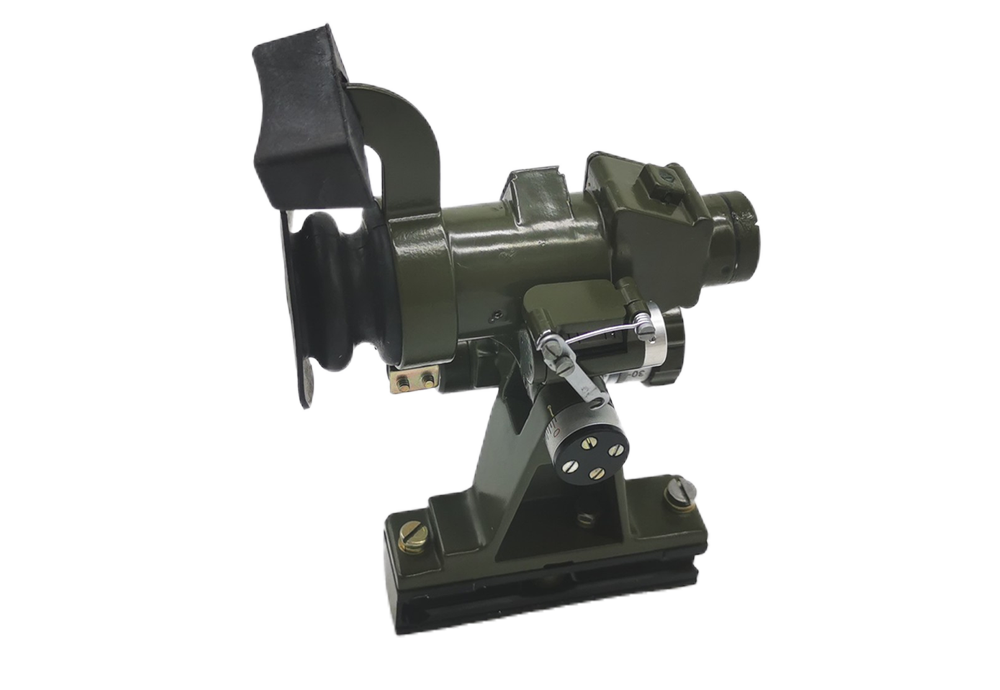-
-
Nuclear radiation imaging Solution
-
Handheld gas nuclear radiation All-in-one solution
-
SETTALL low-altitude defense System solutions
-
Portable green laser bird repellent System solutions
-
Low-light aiming scope Solution
-
Multifunctional rapid screening instrument for drug abuse Solution
-
Photovoltaic and wind power complementary wireless monitoring System solutions
-
Road vehicle overheating warning System solutions
-
Laser-based bird deterrent system System solutions
-
Bird detection, monitoring, and dispersal System solutions
-
Mountain maintenance monitoring System solutions
-
New generation of coastal defense Solution
Solution
-
-
-
-
Return
Unlocking the Wonders of the World with Handheld Telescopes
Nov 22,2025

One of the most significant advantages of a handheld telescope is its size and weight. Unlike traditional telescopes, which often require extensive setup and can be cumbersome to transport, handheld models are designed for convenience. Their lightweight construction allows users to easily carry them on hikes, camping trips, or even to outdoor events, making them accessible for spontaneous observations.
When selecting a handheld telescope, several key features should be considered. The magnification power is crucial, as it determines how close you can get to distant objects. Common magnification ranges for handheld telescopes are between 8x to 20x. Additionally, the aperture size—measured in millimeters—plays a vital role in light-gathering capabilities. A larger aperture allows for brighter images, especially in low-light conditions. Therefore, consider your primary use—whether for daytime wildlife observation or night sky exploration—and choose an appropriate magnification and aperture.
Another essential aspect of handheld telescopes is their optical quality. Look for models with fully coated or multi-coated lenses, which enhance light transmission and reduce glare. This results in clearer, sharper images, improving the overall viewing experience. Furthermore, ease of use is imperative; many handheld telescopes now feature adjustable eyecups and ergonomic designs for comfortable prolonged use.
For optimal viewing, here are a few practical tips. First, always use a stable platform, such as a tripod or simply resting your hands against a solid surface, to minimize shaking, especially at higher magnifications. Secondly, familiarize yourself with the night sky or your target area during daylight before making observations; this preparation enhances your ability to locate objects easily. Lastly, protect your telescope from harsh environmental conditions—such as extreme temperatures or moisture—which can affect its performance over time.
In conclusion, handheld telescopes offer a perfect balance of portability, usability, and optical performance for professionals and hobbyists. By understanding their features, benefits, and best practices for use, you can elevate your observational experiences and unlock the wonders of the world around you. Whether you're peering into the cosmos or observing wildlife, a handheld telescope is an invaluable tool that brings distant wonders closer to your eyes.
Previous Page:
Contact Us
EMAIL: Guojin@settall.com
No. 8, 14th Building, Zone 7, Headquarters Base, West Outer Ring Road, Fengtai District, Beijing
COOKIES
Our website uses cookies and similar technologies to personalize the advertising shown to you and to help you get the best experience on our website. For more information, see our Privacy & Cookie Policy
COOKIES
Our website uses cookies and similar technologies to personalize the advertising shown to you and to help you get the best experience on our website. For more information, see our Privacy & Cookie Policy
These cookies are necessary for basic functions such as payment. Standard cookies cannot be turned off and do not store any of your information.
These cookies collect information, such as how many people are using our site or which pages are popular, to help us improve the customer experience. Turning these cookies off will mean we can't collect information to improve your experience.
These cookies enable the website to provide enhanced functionality and personalization. They may be set by us or by third-party providers whose services we have added to our pages. If you do not allow these cookies, some or all of these services may not function properly.
These cookies help us understand what you are interested in so that we can show you relevant advertising on other websites. Turning these cookies off will mean we are unable to show you any personalized advertising.
Contact
EMAIL: Guojin@settall.com
No. 8, 14th Building, Zone 7, Headquarters Base, West Outer Ring Road, Fengtai District, Beijing


